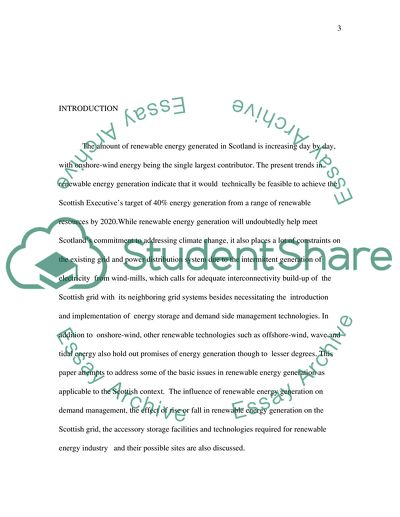Cite this document
(How Does Renewable Energy Generation Influence Demand Management in th Assignment - 1, n.d.)
How Does Renewable Energy Generation Influence Demand Management in th Assignment - 1. Retrieved from https://studentshare.org/macro-microeconomics/1748885-renewable-energy-generation-in-scotland-what-is-the-optimum-fraction-of-renewable-energy-re-generation-in-scotland
How Does Renewable Energy Generation Influence Demand Management in th Assignment - 1. Retrieved from https://studentshare.org/macro-microeconomics/1748885-renewable-energy-generation-in-scotland-what-is-the-optimum-fraction-of-renewable-energy-re-generation-in-scotland
(How Does Renewable Energy Generation Influence Demand Management in Th Assignment - 1)
How Does Renewable Energy Generation Influence Demand Management in Th Assignment - 1. https://studentshare.org/macro-microeconomics/1748885-renewable-energy-generation-in-scotland-what-is-the-optimum-fraction-of-renewable-energy-re-generation-in-scotland.
How Does Renewable Energy Generation Influence Demand Management in Th Assignment - 1. https://studentshare.org/macro-microeconomics/1748885-renewable-energy-generation-in-scotland-what-is-the-optimum-fraction-of-renewable-energy-re-generation-in-scotland.
“How Does Renewable Energy Generation Influence Demand Management in Th Assignment - 1”, n.d. https://studentshare.org/macro-microeconomics/1748885-renewable-energy-generation-in-scotland-what-is-the-optimum-fraction-of-renewable-energy-re-generation-in-scotland.


